Tehran University of Medical SciencesOffice of Vice-Chancellor for Global Strategies & International AffairsSeminar on Internationalization of Higher Education
The plateau of Iran is a high land surrounded by the Caspian Sea on the north and the Persian Gulfand the Gulf of Omanin the south. Ranges of mountains alongside the Caspian Sea, called Alborz, separate the plains of Gilan, Mazandaran, and Gorgan from the southern lands, and extend from the northwest to the northeast. Another range of mountains, which extends diagonally from the northwest to the southeast and is called Zagros and has given the plateau an ecological variety. The Alborz and Zagros Mountains and their snowcapped summits, the deserts and the low northern and southern plains have given the plateau unique geographical, natural, and life varieties. Archaeological excavations, written documents and inscriptions, and other historical sources prove man’s settlement in the plateau of Iran in the Palaeolithic Era. At the beginning of the second millennium B.C., the nomadic tribes settling in the northern and eastern plains of the Caspian Sea moved down to the more fertile lands of the plateau. Some of these migrating tribes left the mountainous passages behind to settle in the green valleys of the plateau, but other groups moved further to India and Europe. The tribes who reached Iran mixed with the native people, who earned their livings mainly by cultivating the land, and created a great civilization, which came to rule over the world for centuries. Since the time, the first central government came to power toward the end of the second millennium B.C., and due to the fact that monarchs came from different parts, cities like Takhte-Soleiman, Susa, Hegmataneh, Ray, Neishaboor, Isfahan, Shiraz, Tabriz and Tehran were chosen as the capitals of the country.

Climate
Iran is situated in the global arid zone and the Plateau of Iran suffers from a relatively dry climate. Alborz and Zagros mountain chains trap the humidity and air currents of the Caspian Sea and the Mediterranean climate preventing them from penetration into the inner parts. Due to its location between 25 and 40 degrees latitude as well as its mountains, Iran enjoys considerably variable climates. The average annual temperature increases from the northwest to the southeast throughout the country and varies from 10°C in Azarbaiejan to 25°-30°C in the south and southeast in the same season. The northern and southern shores of Iran have diverse climatic conditions compared with the central and mountainous regions. The best season for travelling to Iran is spring. However, in every season there are provinces which are more favourable than others from a climatic point of view.

Population
With a total population of more than 70,000,000, Iran is the 17th populous country in the world with an average density of 37.8 per Km2. In the 1996 census, 64.7% of the total population was urban. The capital Tehran by itself claimed no less than 10.87% of the country’s population.


Language
The Iranian people are a multiple ethniclinguistic group. The official language in Iran is Persian (Farsi), though there are a number of other languages and dialects that are used in different regions such as Turkish, Arabic, and Kurdish spoken in various parts of the country. With regard to religion, currently more than 90 percent of the total population is Muslim.


Religion
Iran is the birthplace of Zoroaster, the founder of the Zoroastrian religion, one of the oldest religions of the world. The official religion of Iran is Islam. In the Constitution of the Islamic Republic of Iran, religions such as Zoroastrian, Christian, and Judaism are officially recognized and their disciples have equal political, social and economical rights as Muslims. Religious minorities of Zoroastrian, Armenian, Jew, Assyrian, and Chaldean have their own independent representatives in the Islamic Consultative Assembly (Parliament).


Dress Code
The word hijab refers to "The head covering traditionally worn by Muslim women." Styles of dress in general. Following Islamic rules including Hijab or the Islamic dress code is necessary while in Iran. The body should be covered with loose clothes. Arms should not be bare. Legs and feet should be covered down to ankles. For women, hair should be covered. Scarf is the most common covering for the head.

Culture
Cultural richness of Iran in different areas like different eastern art, literature and Gnosticism has global reputation. Iranian myths, fictions, philosophy, poetry, music, folklore, handicrafts, architecture, and fine arts are important parts of human thoughts.


Food & Dining
Most shops in Iran sell a range of bread, dairy products, canned foods and other groceries. However, if you have special needs, it is recommended to think ahead and come prepared. Bakeries around Tehran specialize in different types of Iranian flat bread, baguettes, sandwich bread or toast. Various types of meat can be easily found around the city, especially beef, poultry and fish. Rice is also abundantly found and is the main source of carbohydrates in Iran. Restaurants, cafes, and fast food and sandwich shops are also available all around Tehran.


Money Exchange
You are able to exchange money inside Iran. It is recommended to exchange some money at an official organization before you enter Tehran. Generally, shops and services do not accept foreign currency. Certain bank branches and numerous money exchange offices can be found around the city that can easily change most world currencies to the Iranian Rial.


Flora and Fauna
Of the total land area of Iran some 180,200 Km2 is forested. The most extensive forest growth is to be found on the northern plains of the mountain slopes that face the Caspian Sea, where stands of oak, ash, elm, cypress, pine and other valuable trees grow abundantly. Outside this belt of rich forest, scattered forests of oak and wild pistachios are to be found on the well watered slopes particularly along the Zagros Mountains. The interior of the country is characterized by spring pastures on the higher levels and scanty short-lived shrubs on the lower.
Most of the interior deserts are absolutely desolate without any sign of vegetation and life during most of the hot and long summers. Bears in the mountains, wild sheep and goats, gazelles, wild asses, wild pigs, wild cats and occasionally panthers and foxes together with a variety of pheasants, partridges, stork and falcons, are among the native animals and birds of Iran. A variety of wonderful and rare marine life such as shrimps and sturgeons can be found in Iranian sea waters in abundance.


Administrative Divisions
According to the latest divisions of the country, Iran is divided into 30 provinces, including Ardabil, Azarbayjan-e Gharbi, Azarbayjan-e Sharqi, Bushehr, Chahar Mahall & Bakhtiari, Esfahan, Fars, Gilan, Golestan, Hamedan, Hormozgan, Ilam, Kerman, Kermanshah, Khorasan-e Shomali, Khorasan-e Jonoobi, Khorasan-e Razavi, Khuzestan, Kohkiluyeh & Buyer Ahmad, Kordestan, Lorestan, Markazi, Mazandaran, Qazvin, Qom, Semnan, Sistan & Baluchestan, Tehran, Yazd, Zanjan.


UNESCO World Heritage Sites in Iran
|
1- Tchogha Zanbil, Khouzestan
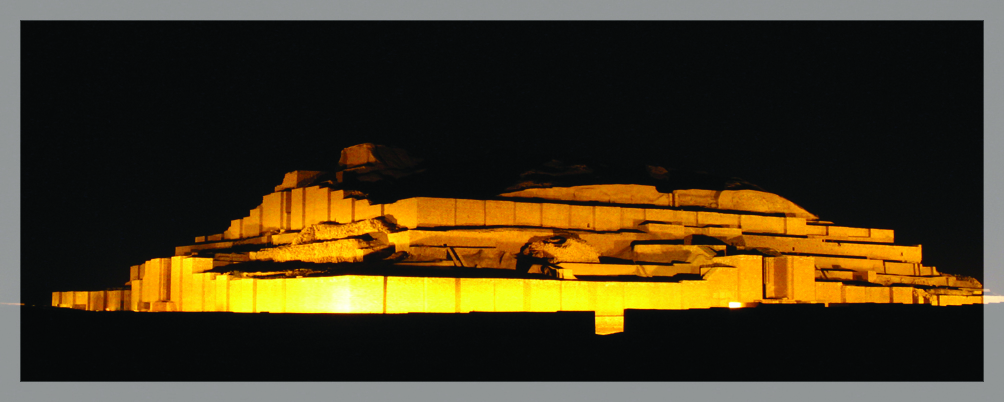 |
2- Meidan Imam (Imam Square), Isfahan
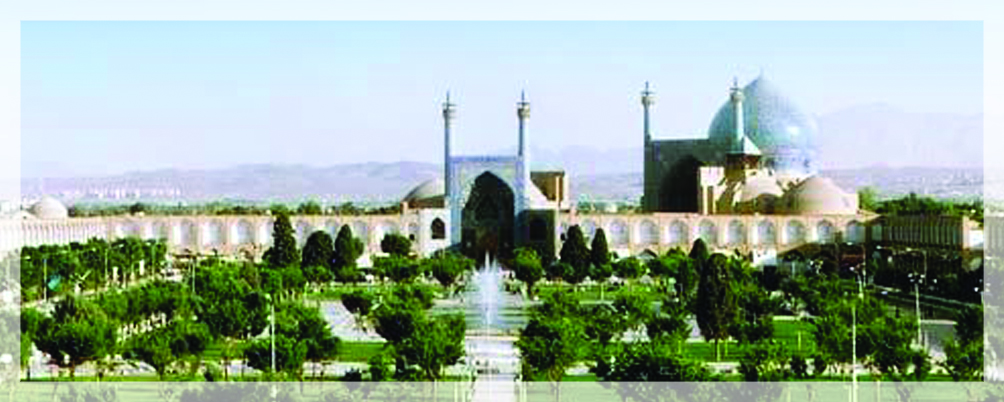 |
|
3- Persepolis, Fars
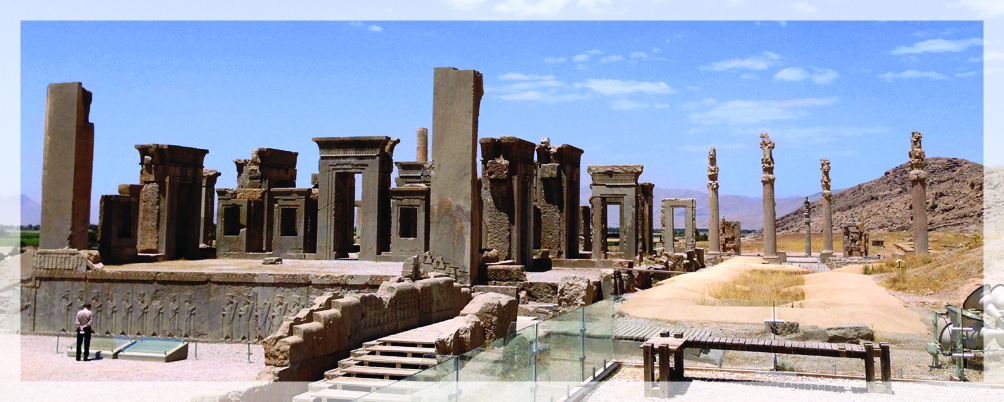 |
4- Takht-e-Soleyman, West Azarbaijan
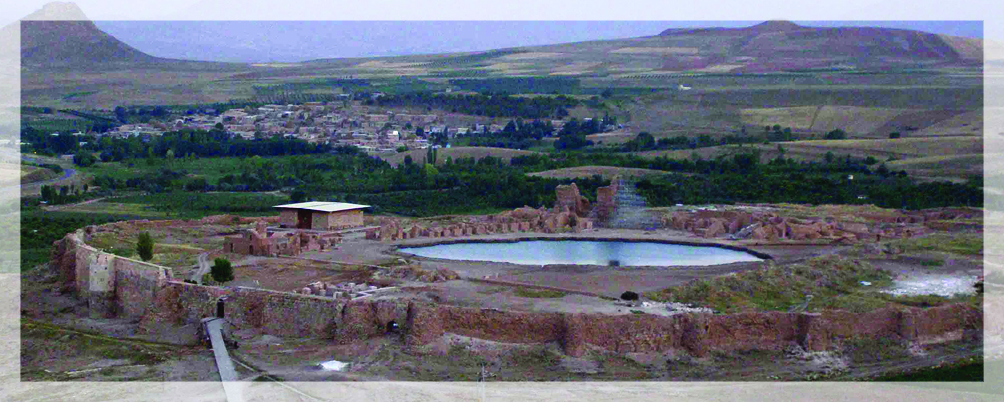 |
|
5- Bam and Its Cultural Landscape, Kerman
 |
6- Pasargad, Fars
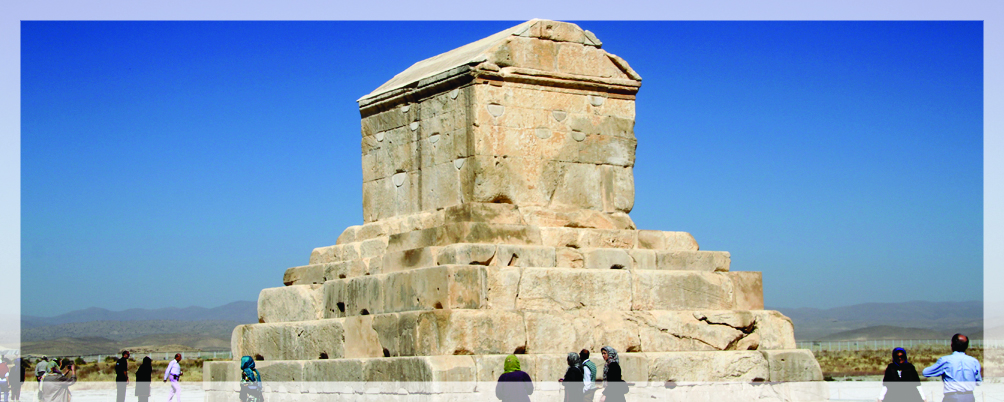 |
|
7- Soltaniyeh, Zanjan
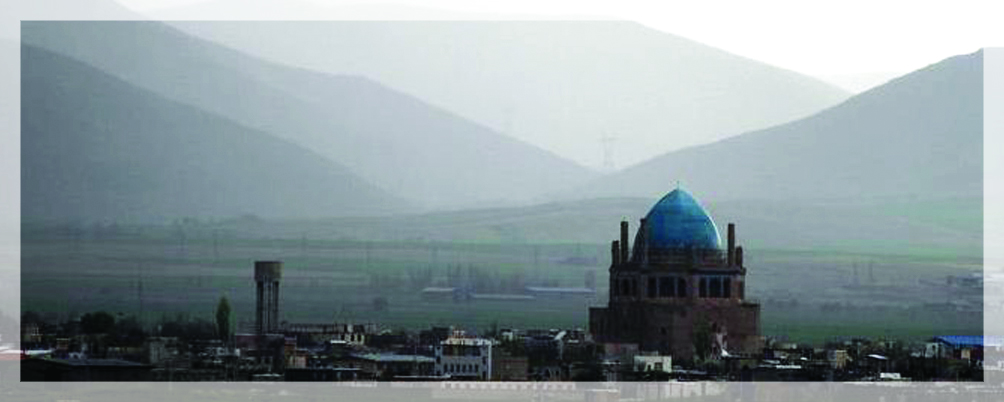 |
8- Bisotun, Kermanshah
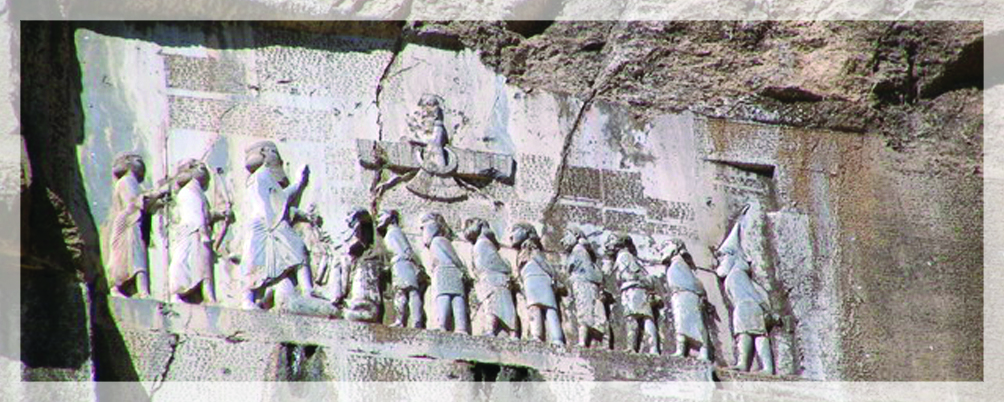 |
|
9- The Armenian Monastic Ensembles
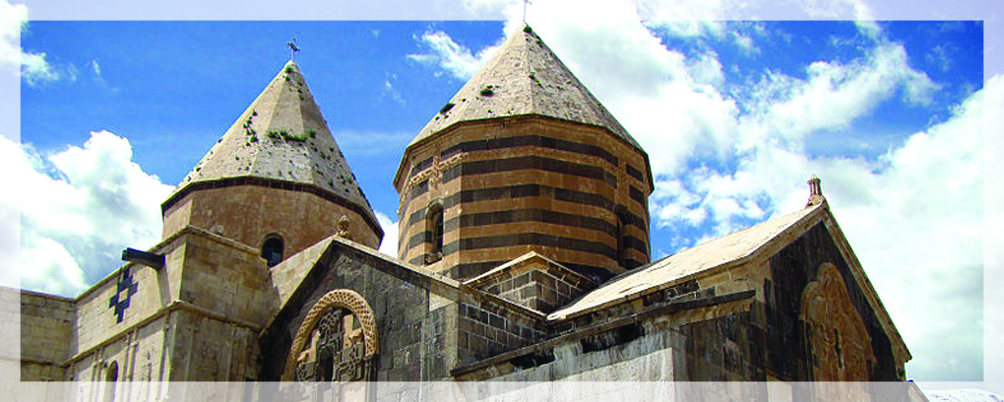 |
10- Shushtar, Historical Hydraulic System, Khouzestan
 |
|
11- Tabriz Historic Bazar Complex, East Azarbaijan
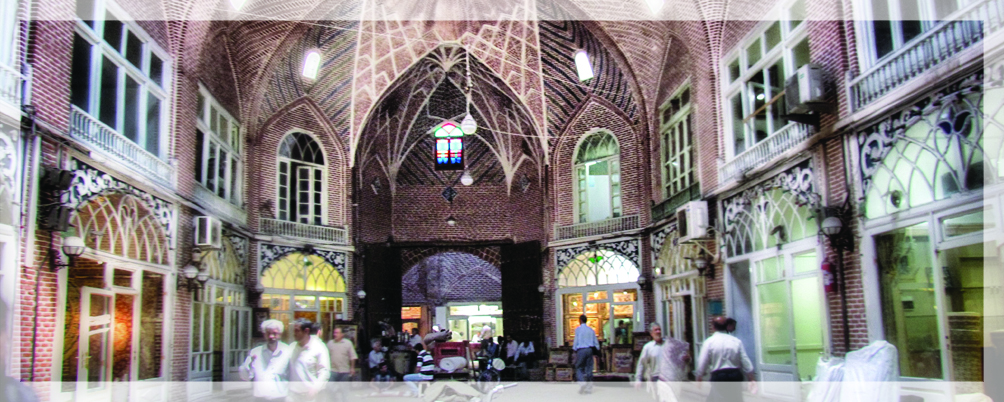 |
12- Sheikh Safi al-Din Khanegah and Shrine Ensemble, Ardabil
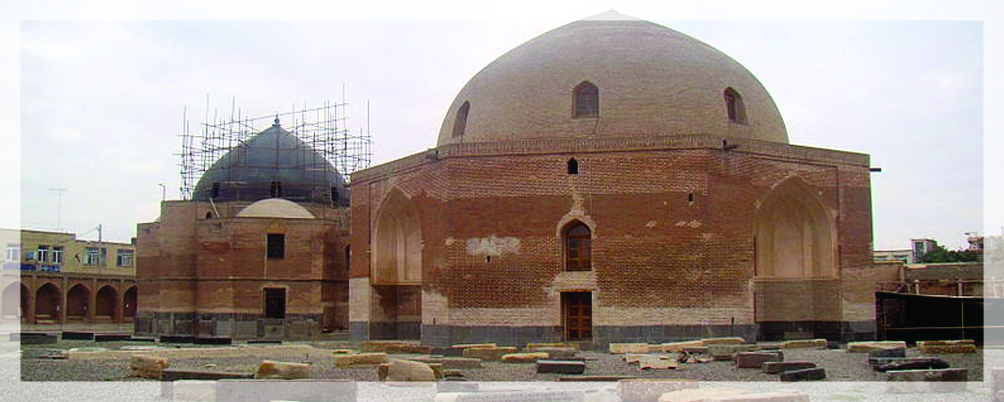 |
|
13- The Persian Gardens
 |
14- Gonbad-e Qabus, Golestan
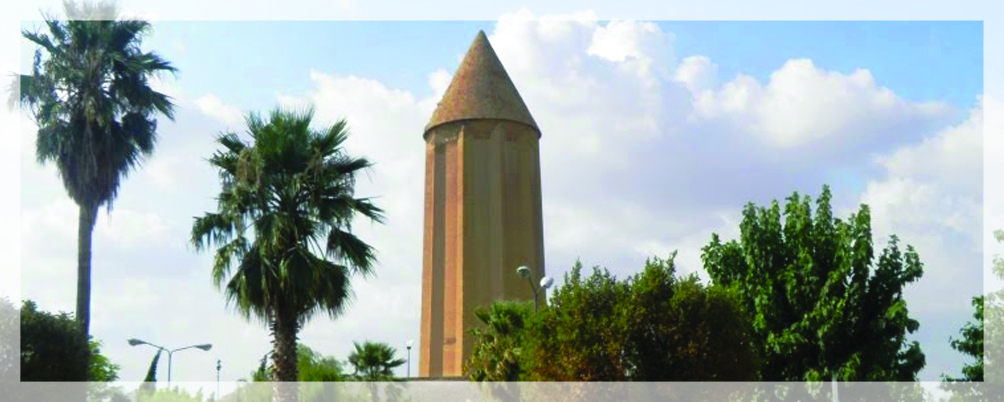 |
|
15- Masjed-e Jame, Isfahan
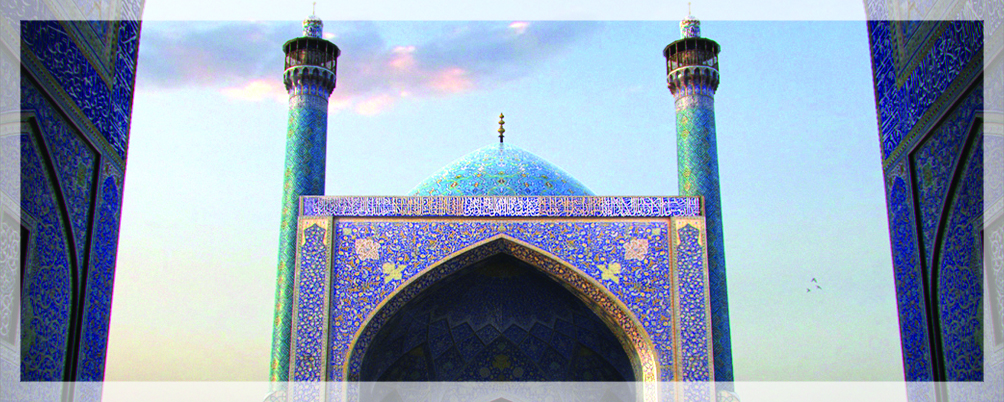 |
16- Golestan Palace, Tehran
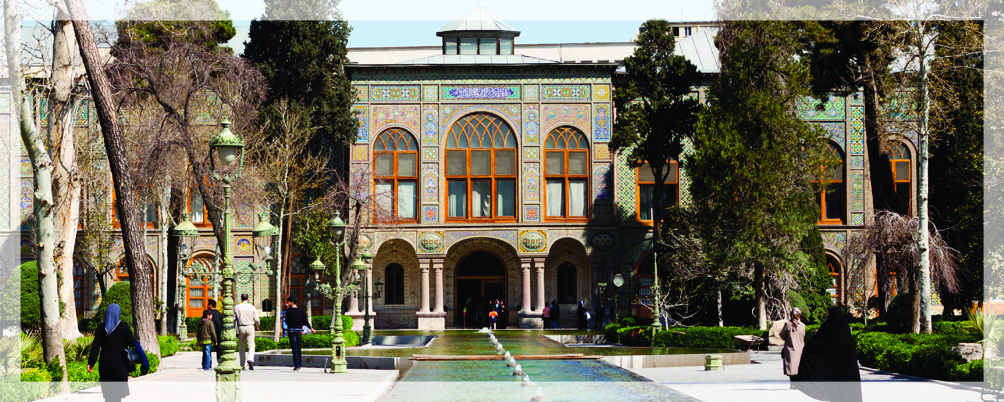 |
